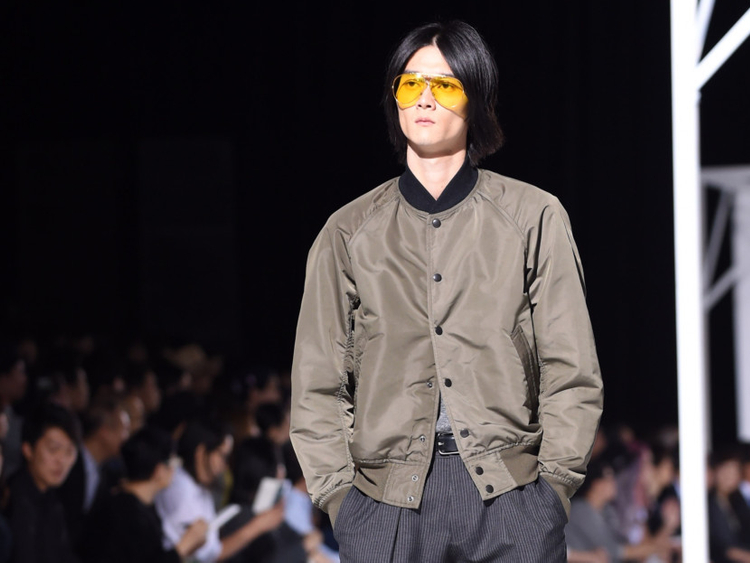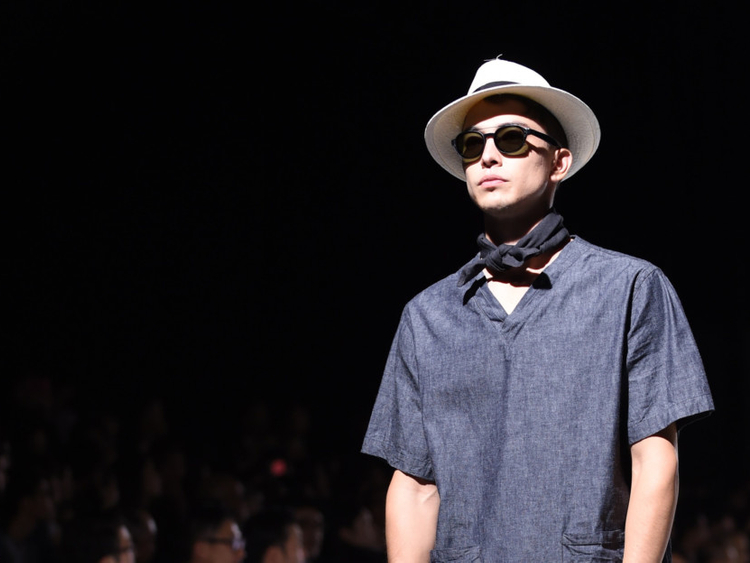
A 47-year-old Iowa-raised designer might seem like an unlikely candidate for overnight success in Japan, but the country’s long-running love affair with classic American style has turned Todd Snyder into a fashion heavyweight.
Japan’s fondness for American fashion has seen Snyder open three stores in the country in less than two years, and sparked a creative boom.
A new generation of designers are now adapting US staples like denim and plaid to produce collections with a Japanese spin, building a global fan base in the process.
The story of American fashion in Japan began with Kensuke Ishizu, whose 1951 brand VAN revolutionised youth culture in the Asian nation, popularising styles worn by college students across the East Coast of the US.
Thanks to Ishizu, oxford shirts, slim trousers and other preppy staples became the uniform of choice for Japanese men after the Second World War as the domestic fashion industry grew rapidly, influenced by American style.
“The Japanese are the ultimate students, they analyse things in so much detail... until they have pretty much mastered whatever they are studying,” Nick Wooster, former director of men’s fashion at Bergdorf Goodman and Neiman Marcus, said.
Tokyo’s tiny boutiques are a treasure trove for collectors — including many from overseas — who stockpile vintage American clothing, from old-school Ivy-League university sweatshirts to weathered canvas totes.
“At this point, the Japanese probably understand American classics better than Americans do,” Wooster said.
It’s a view borne out by the expansion of Japan’s denim industry, with even US designers like Snyder choosing to source the fabric from mills based in the country.
Yuji Takahashi, men’s and sports wear buyer for Japanese retail giant, Isetan, credits the country’s denim manufacturers for their craftsmanship and their openness to design experiments.
“Denim manufacturers are so passionate about creating new products and breaking the norm. This really encourages designers... and together, they are able to create new products that could not have been produced anywhere else,” Takahashi said.
Japanese labels like Visvim and Mihara Yasuhiro create denim and plaid designs featuring hand-stitched patchwork, pleated bibs and delicate, frayed edges.
Their efforts at elevating the durable fabric to couture status are paying off, with leading stores like Barney’s in New York and Browns in London selling their collections.
Vintage on the runway
For US designer Snyder, who has made several trips to Japan over the last two decades — mainly to scout American vintage products – the country offers opportunities for inspiration and expansion.
“They care so deeply about making things by hand, it’s always moving to meet our manufacturers because you can see the respect they have for the process,” Snyder said after his show opened Tokyo Fashion Week on Monday.
In a nod to his audience’s sensibilities, Snyder dressed his models in ensembles that paired his designs with vintage clothing ranging from paint-splattered trousers to dirt-stained shorts.
“I didn’t use vintage at my New York show, I don’t think they would appreciate it there,” he said.
“People here really care about authenticity... it’s not just about chasing the next new thing, it’s about valuing where things come from and the story behind them,” he said.
Yasuhiro Mihara, the designer behind his eponymous label, said after his show he had originally studied fine arts before turning to fashion.
“I never wanted to create sculptures or paintings [that belonged in a museum]... I knew I did not want to create anything that people could not touch with their own hands,” he said.
He added that he preferred to work with denim and other durable fabrics because they age with wear, changing in appearance as time passes.
“In Japan, we find beauty in things that wither away. Denim fades with wear, but does not lose its appeal, rather, it becomes more beautiful.”

















